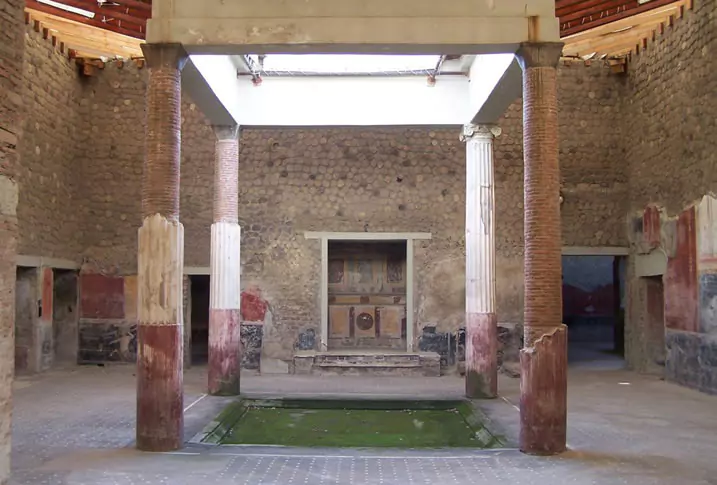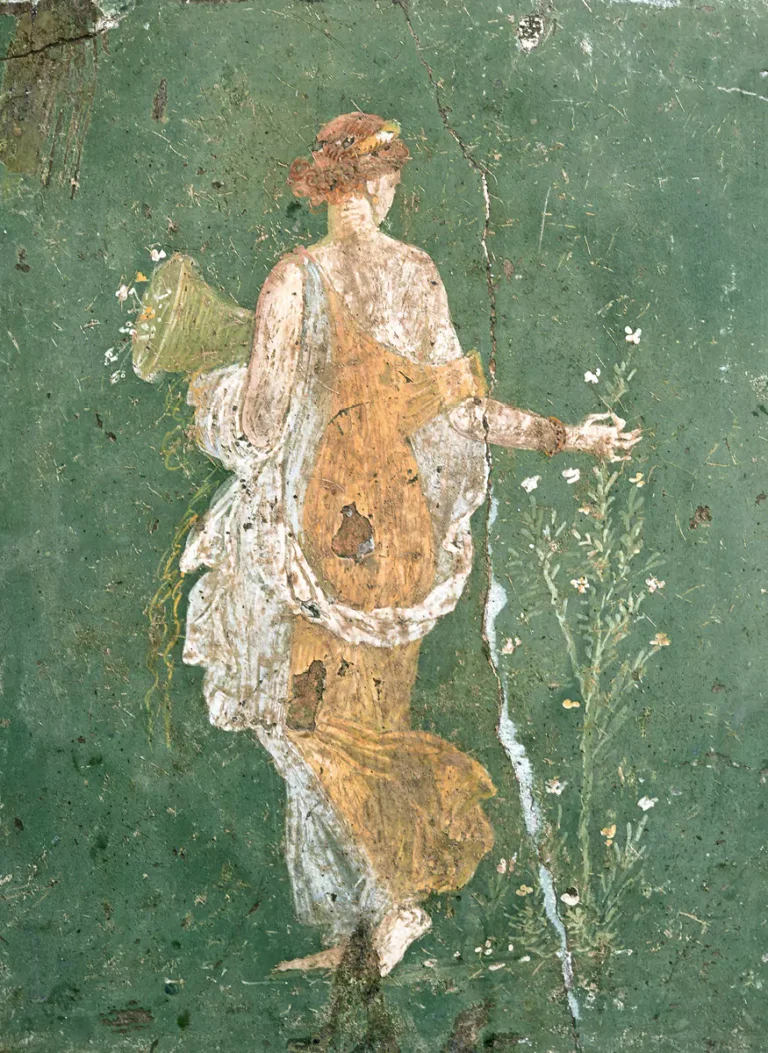Looking for a muse? Check no further. Discover the Best of Art, Culture, History & Beyond!

- Title: Statue of the Seated Goddess Hygieia
- Period: Roman copy from the 160s A.D., based on a Greek original from circa 430 B.C.
- Material: Pentelic marble
- Current Location: Fondazione Torlonia, Rome
- Original Context: Likely a temple or healing sanctuary
- Iconography: Hygieia seated, draped, possibly interacting with a serpentCultural Significance: Associated with health, purity, and divine protection
Among the remarkable relics of antiquity, the Statue of the Seated Goddess Hygieia stands as an elegant embodiment of both divine protection and classical artistry. This Roman marble copy, carved in the 160s A.D., pays homage to a lost Greek original dating back to circa 430 B.C., a time when sculptors refined the human form into near-perfection. Now housed in the Fondazione Torlonia, Rome, this statue is more than just a visual delight—it is a testament to the enduring power of Hygieia, the goddess of health, and the intricate artistic legacy passed down through the centuries.
The Goddess of Well-Being – Hygieia’s Significance
Hygieia, the daughter of Asklepios, the god of medicine, was revered in both Greek and Roman cultures as the divine force presiding over hygiene, health, and well-being. Unlike her father, who was associated with healing and medical intervention, Hygieia represented the preventative aspect of health—the balance and purity that preserved life itself. Her cult grew in prominence during the classical period, especially in times of plague, when cities sought divine protection from disease.
This seated statue captures Hygieia’s serene and composed nature, reinforcing her role as a guardian of harmony. The Romans, ever the admirers and appropriators of Greek culture, ensured her legacy persisted by commissioning statues like this one, recreating the idealized forms of their Hellenic predecessors.
Classical Elegance in Marble
Carved from Pentelic marble, the statue exudes a smooth luminosity, a hallmark of this fine-grained material, which was also used for the Parthenon in Athens. The sculptor, following the Greek original, has rendered Hygieia in a pose of quiet dignity. She sits with a relaxed yet composed posture, her drapery cascading in fluid folds that subtly reveal the underlying form of her body—an effect that speaks to the wet drapery technique perfected by Greek sculptors in the High Classical period.
One of the most striking features is the interaction between Hygieia and the sacred serpent, a symbol intimately tied to her father Asklepios. The serpent, often depicted coiling around a staff or drinking from a bowl, embodies renewal and regeneration—a nod to the cycles of life and healing. The statue likely once held such an element, reinforcing its function as a votive object in a temple or healing sanctuary.
The Roman Devotion to Greek Ideals
Though this piece was sculpted in the Antonine period, a golden age of Roman art, it remains deeply rooted in the stylistic traditions of 5th-century B.C. Athens. Roman copies of Greek masterpieces were not mere reproductions—they were statements of cultural refinement, education, and devotion to the ideals of balance and proportion.
The Torlonia Collection, where this statue now resides, is one of the most significant private collections of classical sculptures in the world. Its inclusion here affirms its importance not only as an object of aesthetic admiration but also as a historical bridge between the worlds of Periclean Athens and Imperial Rome.
This statue is more than a relic of antiquity; it is a reflection of an artistic and philosophical tradition that sought to depict the ideal balance of form, spirit, and purpose. Hygieia’s presence in both Greek and Roman worlds reminds us that the pursuit of well-being—both physical and spiritual—has always been a cornerstone of human civilization.

This article is published on ArtAddict Galleria, where we explore the intersections of art, history, and culture. Stay tuned for more insights and discoveries!



